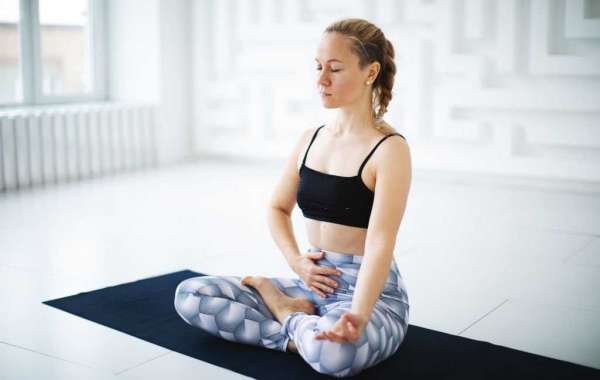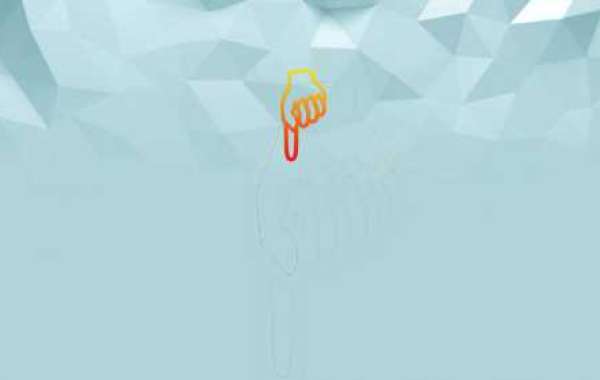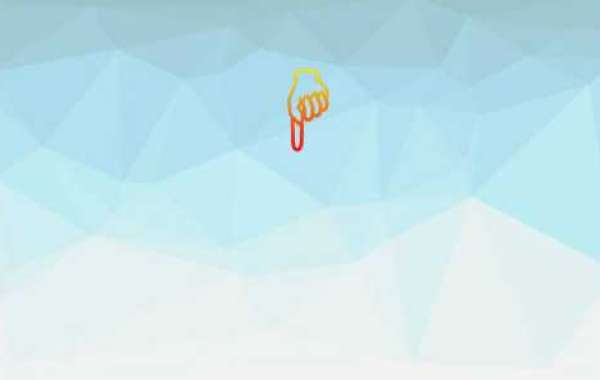Pilates has become increasingly popular among postpartum women, and for a good reason. This low-impact exercise regimen is gentle enough to accommodate the physical changes that occur during pregnancy and childbirth while still providing numerous benefits. One key aspect of Pilates that is often overlooked, however, is the importance of proper breathing techniques. In this blog post, you will explore why proper breathing is so essential to postpartum Pilates.
But in order to reap Pilates' benefits, it is crucial that postpartum women use proper breathing techniques during their Pilates workouts. There are several reasons why this is so important.
· Engaging Deep Core Muscles
First and foremost, proper breathing helps to engage the deep core muscles, including the pelvic floor and transverse abdominis. These muscles play a critical role in supporting the spine and pelvis, as well as maintaining overall core strength and stability. Without proper breathing, these muscles may not be activated fully, which can lead to imbalances and weaknesses in the body.
· Alleviate Symptoms Of Diastasis Recti
proper breathing can help to prevent or alleviate symptoms of diastasis recti, a condition in which the abdominal muscles separate during pregnancy and fail to fully come back together after childbirth. This can result in a bulge or "pooch" in the belly, as well as lower back pain and other issues. By using proper breathing techniques, postpartum women can activate the deep core muscles and prevent further separation of the abdominal muscles.
· Benefits Emotionally
In addition to these physical benefits, proper breathing can also help postpartum women to manage stress and anxiety. The parasympathetic nervous system is activated by deep, diaphragmatic breathing, which helps soothe the body and lessen sensations of stress and anxiety. By incorporating these breathing techniques into their Pilates practice, new mothers can reap the mental and emotional benefits of exercise as well.
PROPER BREATHING TECHNIQUES
So what exactly are proper breathing techniques for postpartum Pilates? Here are a few key tips:
- Practice diaphragmatic breathing. Instead of shallowly breathing into the chest, do this by breathing deeply into your abdomen.. Lay on the back with your legs bent and your toes flat on the ground to perform this. Put one of your hands on your chest and the other on your tummy. Feel your tummy grow as you inhale, while your chest remains mostly motionless. As you exhale, feel your belly draw in toward your spine.
- Use the breath to initiate movements. In Pilates, it is common to exhale as you engage the deep core muscles and initiate a movement and inhale as you release and return to the preliminary position. For example, during a pelvic curl exercise, exhale as you lift your hips off the mat and engage your glutes and pelvic floor, and inhale as you lower back down.
- Incorporate breathwork into your Pilates routine. This can include exercises such as the hundred, in which you inhale for five counts and exhale for five counts while pumping your arms up and down, or the saw, in which you exhale as you twist and reach your opposite hand toward your opposite foot.
It is important to note that every woman's postpartum journey is different, and some may need to modify their Pilates practice or avoid certain exercises altogether, depending on their individual needs and circumstances. A healthcare professional should always be consulted before beginning or changing an exercise regimen, especially after giving birth.
WHY PROPER BREATHING IS IMPORTANT IN POSTPARTUM
Proper breathing techniques in postpartum Pilates can have several benefits for new mothers. Here are just a few of the reasons why proper breathing is so important:
- Prevent Injury: When you breathe properly during Pilates movements, you are less likely to strain your muscles or injure yourself. This is especially important for new mothers, as they may still be recovering from childbirth and have weakened muscles.
- Improve Core Strength: Proper breathing techniques can help you engage your core muscles more effectively, leading to improved core strength and stability. This can help you get back in shape after childbirth and prevent issues like diastasis recti.
- Reduce Stress: Breathing deeply and fully can help reduce stress and tension in the body. This can be particularly beneficial for new mothers who may be dealing with the stress of caring for a newborn.
- Improve Posture: Proper breathing techniques can also help improve posture, which is important for overall health and well-being. Good posture can help prevent back pain and other issues that can arise after childbirth.
TO WRAP UP
proper breathing techniques are essential in postpartum Pilates. By using the diaphragm effectively, coordinating breathing with movement, and engaging the pelvic floor muscles, new mothers can reap the benefits of Pilates without putting unnecessary strain on their bodies. If you are a new mother looking to get back in shape after childbirth, consider trying Pilates and focusing on proper breathing techniques. With time and practice, you can strengthen your core,








